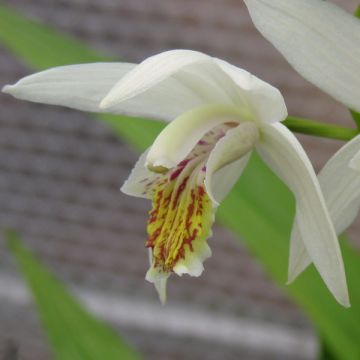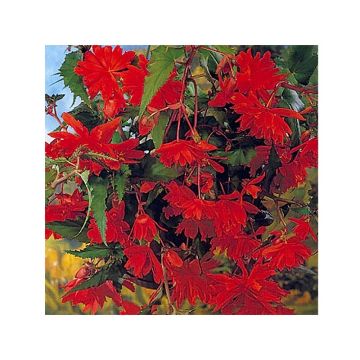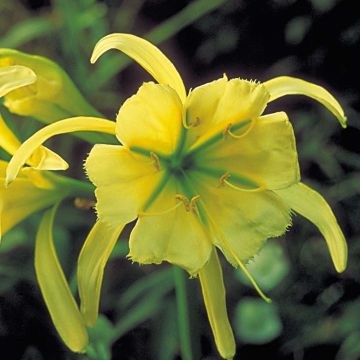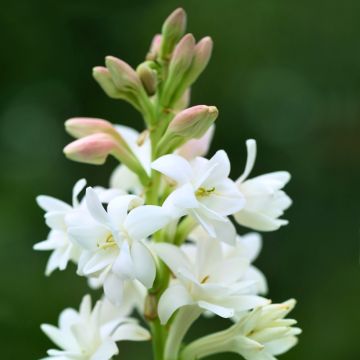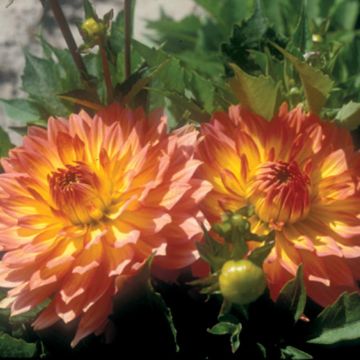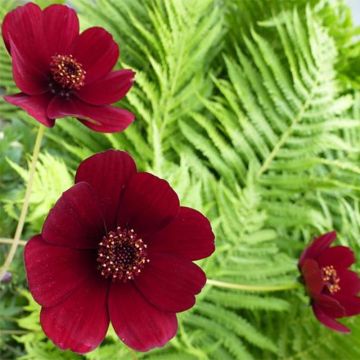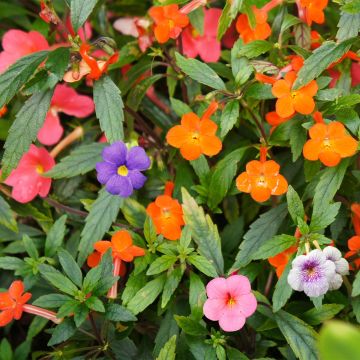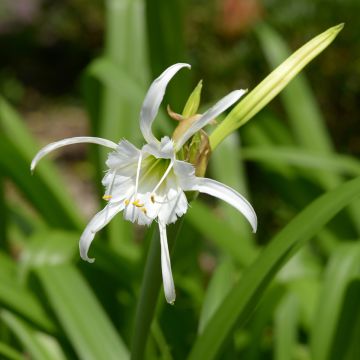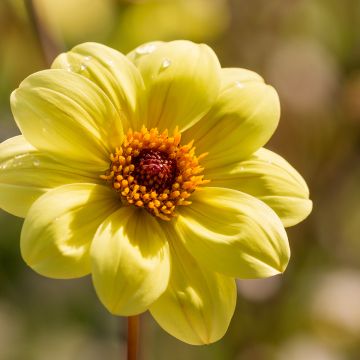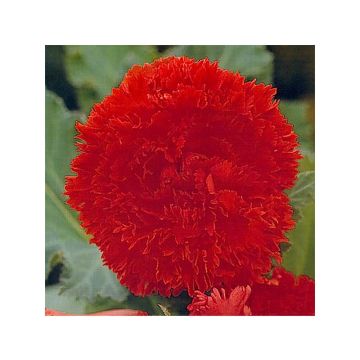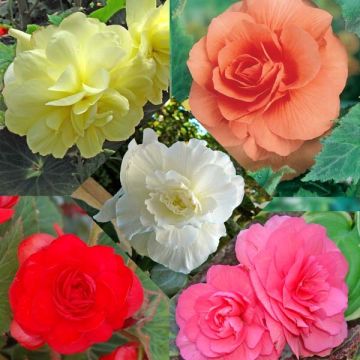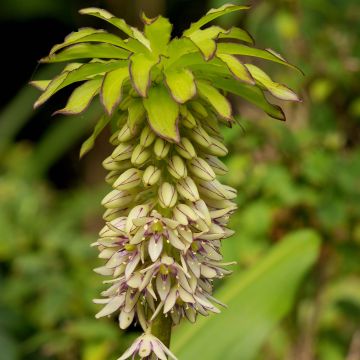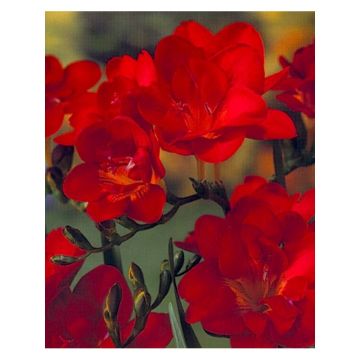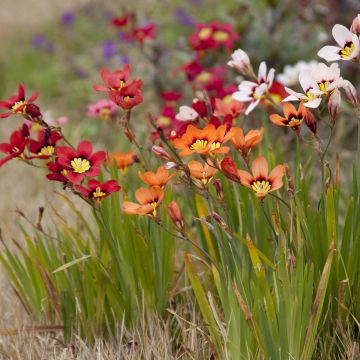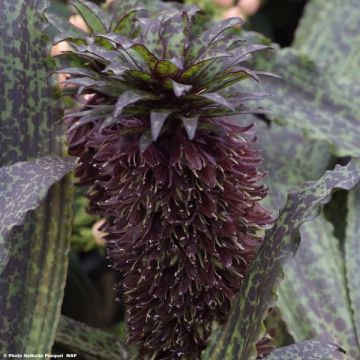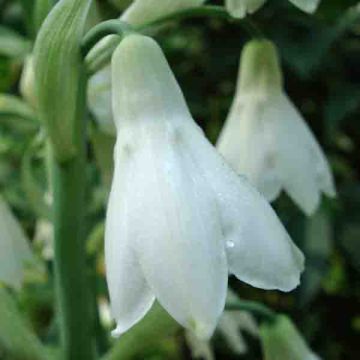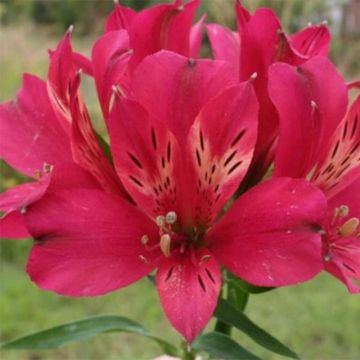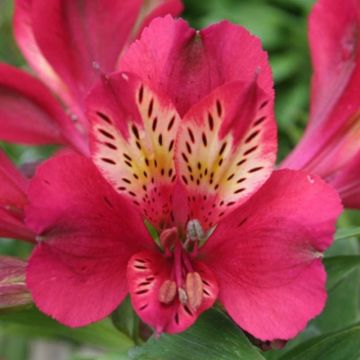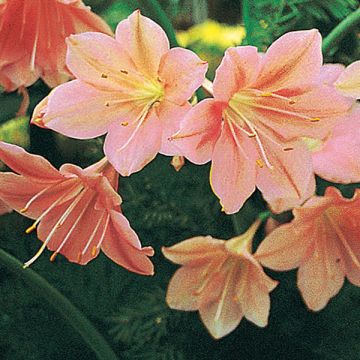Plantfit
Log in / Register
Existing customer?
New customer?
Create an account to track your orders, access our customer service and, if you wish, make the most of our upcoming offers.
My Account
Hello
Shipping country and language
Your country of residence may be:
For a better user experience on our website, you can select:
Your shipping country:
Andorra
Austria
Belgium
Bulgaria
Croatia
Czechia
Denmark
Estonia
Finland
France
Germany
Greece
Hungary
Iceland
Ireland
Italy
Latvia
Lithuania
Luxembourg
Monaco
Netherlands
Poland
Portugal
Romania
Slovakia
Slovenia
Spain
Sweden
Switzerland
Language:
French
English
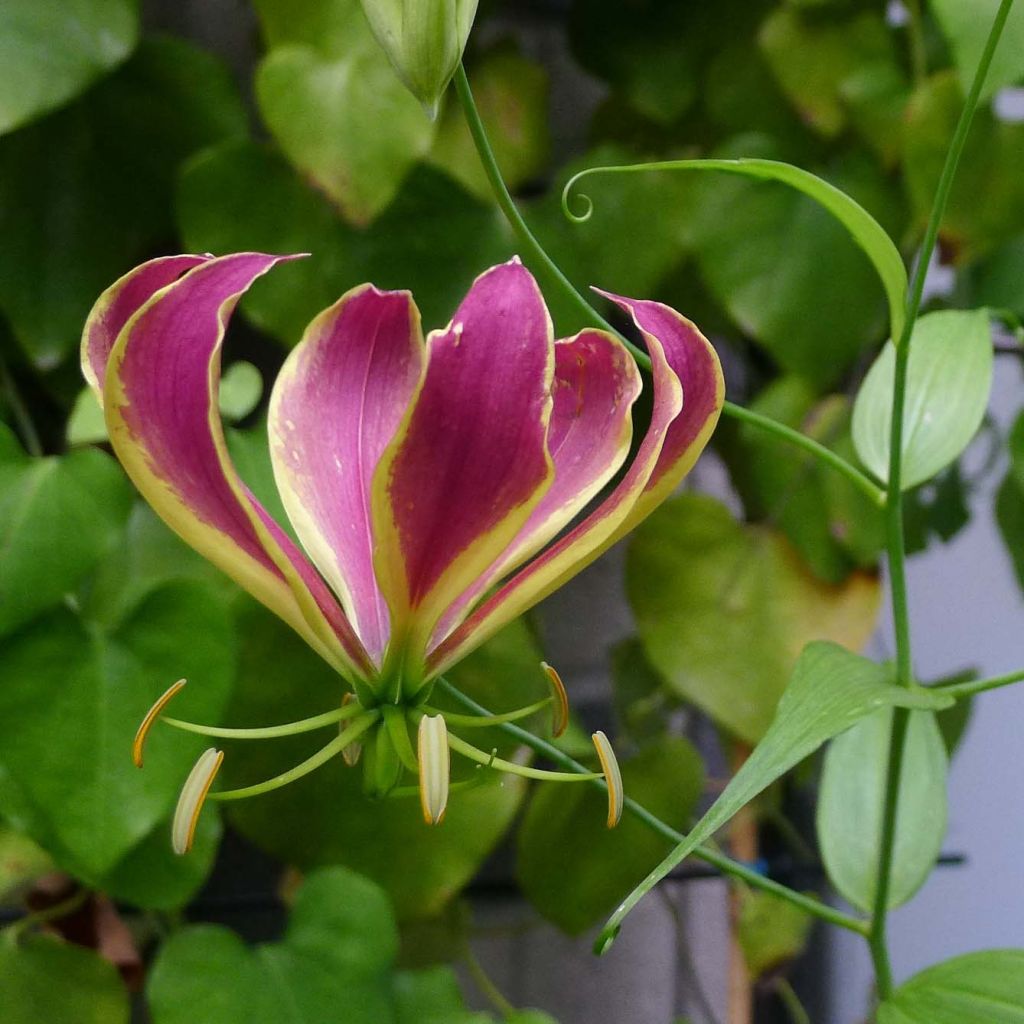

Gloriosa carsonii - Glory lily
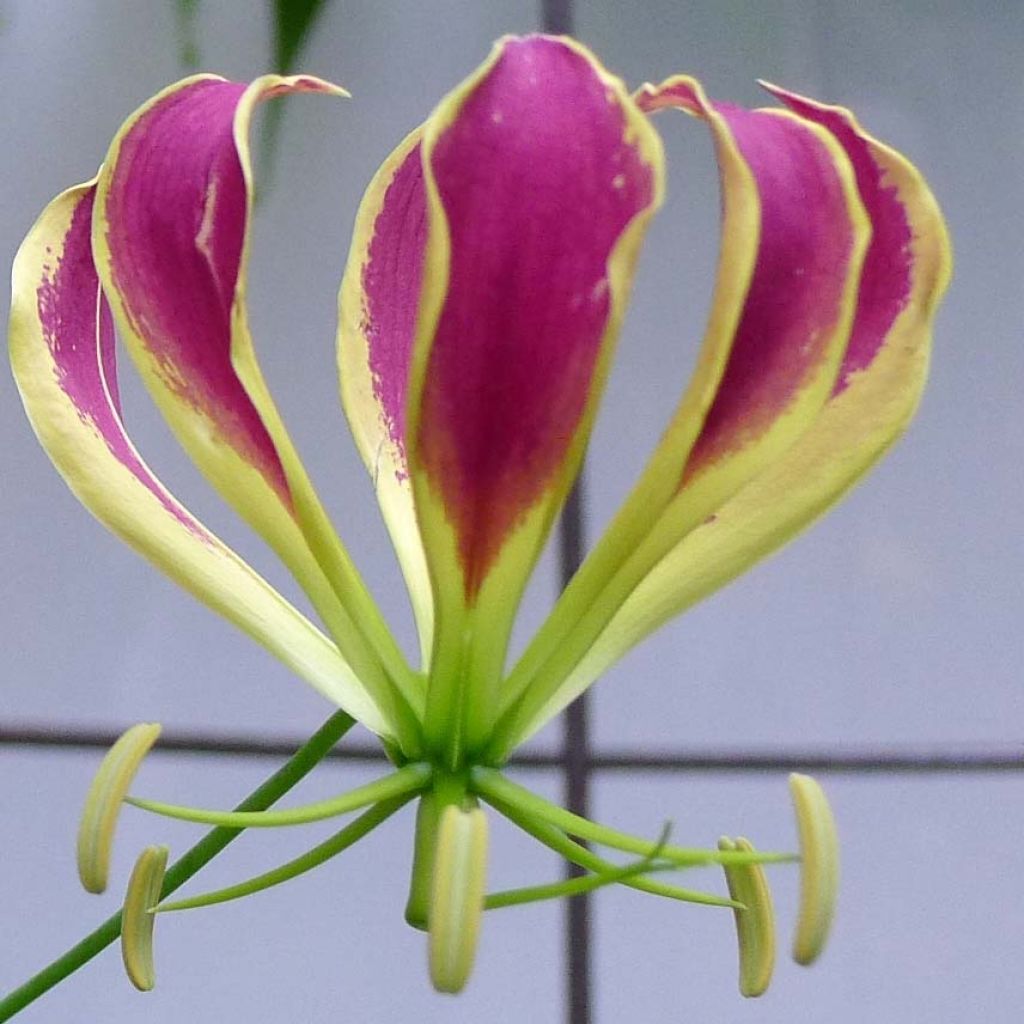

Gloriosa carsonii - Glory lily
Gloriosa carsonii - Glory lily
Gloriosa Carsonii
Glory Lily, Flame Lily
Order in the next for dispatch today!
Dispatch by letter from €3.90.
Delivery charge from €5.90 Oversize package delivery charge from €6.90.
More information
This item is not available in your country.
Select delivery date,
and select date in basket
This plant carries a 6 months recovery warranty
More information
We guarantee the quality of our plants for a full growing cycle, and will replace at our expense any plant that fails to recover under normal climatic and planting conditions.
From €5.90 for pickup delivery and €6.90 for home delivery
Non-EU destinations: delivery charges according to weight of consignment. .
Express home delivery from €8.90.
Does this plant fit my garden?
Set up your Plantfit profile →
Description
Gloriosa Carsonii is a variety of Malabar Lily that is quite rare, with a contrasting two-tone flowering, purple bordered with yellow. This climbing tuberous plant lives up to its other name, Superb Malabar, which evokes the tropical splendours of this ancient African province. In summer, it produces strange flowers with a spider-like grace, with wavy petals that stand upright towards the sky. This exotic flowering stands out from its luxuriant foliage of long, thick, dark green and glossy leaves, further emphasizing its uniqueness. It requires a sunny exposure, fertile, moist, and well-drained soil. It is essential to keep Gloriosa dry during winter.
Gloriosa Carsonii belongs to the Lily family. The flower of the Gloriosa, the emblem of Mozambique, highlights its African origins, although it is also found naturally growing in the tropical forests of South India. This herbaceous climber develops from a fleshy and elongated, light-coloured tubercle in a brown skin. At one end, a round and pink bud develops, which will grow a very flexible twisting stem. It can reach 1.50 m (5ft) high if the conditions are met and completes its growth in one season. The flowers appear in early summer on 2-year-old bulbs and older, in the form of large flowers (8 to 10 cm (3 to 4in) long) reminiscent of lilies with tapered petals completely turned towards the sky with very wavy edges. The stamens and the base of the petals are bright green, and the corolla is a deep wine red bordered with bright yellow to cream yellow. The flowers are solitary, carried by long peduncles arising from the axils of the leaves. The foliage consists of large lanceolate dark green shiny leaves, with tapered ends that transform into tendrils allowing the plant to cling. The vegetation dries up in autumn, marking the plant's entry into dry dormancy.
The Glorious Carsonii Lily is primarily a conservatory plant, which is easily cultivated in a pot, in a cold greenhouse, or in a conservatory. It does not tolerate heated interiors well. It is possible to grow it in flower beds, in a sunny exposure, in moist but well-drained soil, as long as the tubers are dug up and overwintered in a dry place, for example, in sand. In this way, it can be grown with other climbing plants. The long-lasting flowers can be used for cut flowers.
Gloriosa carsonii - Glory lily in pictures
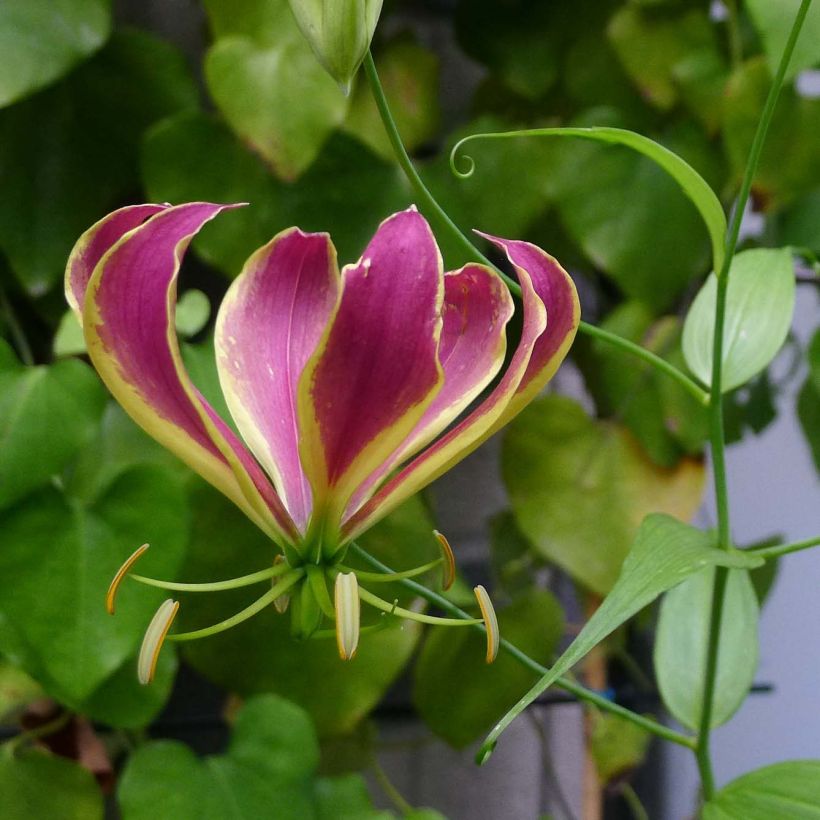

Plant habit
Flowering
Foliage
Safety measures
Botanical data
Gloriosa
Carsonii
Liliaceae
Glory Lily, Flame Lily
East Africa
ingestion
Cette plante est toxique si elle est ingérée volontairement ou involontairement.
Ne la plantez pas là où de jeunes enfants peuvent évoluer, et lavez-vous les mains après l'avoir manipulée.
Pensez à conserver l'étiquette de la plante, à la photographier ou à noter son nom, afin de faciliter le travail des professionnels de santé.
Davantage d'informations sur https://plantes-risque.info
Planting and care
Gloriosa Carsonii is easy to grow in a pot: plant one bulb per 18 cm (7in) diameter pot, planting it horizontally, 5 cm (2in) underground, in a mix of potting soil and ordinary soil from late April or May. Only take the plant outside when spring frosts are no longer a concern. Choose a warm location, sheltered from strong winds, but not necessarily in direct sunlight all day. Water regularly and feed every 2 or 3 weeks. Provide support for the plant to cling to. You can put 2 tubers in one pot, head to toe, for a more abundant display. Removing faded flowers as they appear stimulates the emergence of new flowers. In warmer regions, you can grow this marvel in the garden, but if it freezes, carefully lift the bulb at the end of autumn, store it in a dry place, and replant it in the following spring.
Planting period
Intended location
Care
This item has not been reviewed yet - be the first to leave a review about it.
Bulbs to grow in pots
Haven't found what you were looking for?
Hardiness is the lowest winter temperature a plant can endure without suffering serious damage or even dying. However, hardiness is affected by location (a sheltered area, such as a patio), protection (winter cover) and soil type (hardiness is improved by well-drained soil).

Photo Sharing Terms & Conditions
In order to encourage gardeners to interact and share their experiences, Promesse de fleurs offers various media enabling content to be uploaded onto its Site - in particular via the ‘Photo sharing’ module.
The User agrees to refrain from:
- Posting any content that is illegal, prejudicial, insulting, racist, inciteful to hatred, revisionist, contrary to public decency, that infringes on privacy or on the privacy rights of third parties, in particular the publicity rights of persons and goods, intellectual property rights, or the right to privacy.
- Submitting content on behalf of a third party;
- Impersonate the identity of a third party and/or publish any personal information about a third party;
In general, the User undertakes to refrain from any unethical behaviour.
All Content (in particular text, comments, files, images, photos, videos, creative works, etc.), which may be subject to property or intellectual property rights, image or other private rights, shall remain the property of the User, subject to the limited rights granted by the terms of the licence granted by Promesse de fleurs as stated below. Users are at liberty to publish or not to publish such Content on the Site, notably via the ‘Photo Sharing’ facility, and accept that this Content shall be made public and freely accessible, notably on the Internet.
Users further acknowledge, undertake to have ,and guarantee that they hold all necessary rights and permissions to publish such material on the Site, in particular with regard to the legislation in force pertaining to any privacy, property, intellectual property, image, or contractual rights, or rights of any other nature. By publishing such Content on the Site, Users acknowledge accepting full liability as publishers of the Content within the meaning of the law, and grant Promesse de fleurs, free of charge, an inclusive, worldwide licence for the said Content for the entire duration of its publication, including all reproduction, representation, up/downloading, displaying, performing, transmission, and storage rights.
Users also grant permission for their name to be linked to the Content and accept that this link may not always be made available.
By engaging in posting material, Users consent to their Content becoming automatically accessible on the Internet, in particular on other sites and/or blogs and/or web pages of the Promesse de fleurs site, including in particular social pages and the Promesse de fleurs catalogue.
Users may secure the removal of entrusted content free of charge by issuing a simple request via our contact form.
The flowering period indicated on our website applies to countries and regions located in USDA zone 8 (France, the United Kingdom, Ireland, the Netherlands, etc.)
It will vary according to where you live:
- In zones 9 to 10 (Italy, Spain, Greece, etc.), flowering will occur about 2 to 4 weeks earlier.
- In zones 6 to 7 (Germany, Poland, Slovenia, and lower mountainous regions), flowering will be delayed by 2 to 3 weeks.
- In zone 5 (Central Europe, Scandinavia), blooming will be delayed by 3 to 5 weeks.
In temperate climates, pruning of spring-flowering shrubs (forsythia, spireas, etc.) should be done just after flowering.
Pruning of summer-flowering shrubs (Indian Lilac, Perovskia, etc.) can be done in winter or spring.
In cold regions as well as with frost-sensitive plants, avoid pruning too early when severe frosts may still occur.
The planting period indicated on our website applies to countries and regions located in USDA zone 8 (France, United Kingdom, Ireland, Netherlands).
It will vary according to where you live:
- In Mediterranean zones (Marseille, Madrid, Milan, etc.), autumn and winter are the best planting periods.
- In continental zones (Strasbourg, Munich, Vienna, etc.), delay planting by 2 to 3 weeks in spring and bring it forward by 2 to 4 weeks in autumn.
- In mountainous regions (the Alps, Pyrenees, Carpathians, etc.), it is best to plant in late spring (May-June) or late summer (August-September).
The harvesting period indicated on our website applies to countries and regions in USDA zone 8 (France, England, Ireland, the Netherlands).
In colder areas (Scandinavia, Poland, Austria...) fruit and vegetable harvests are likely to be delayed by 3-4 weeks.
In warmer areas (Italy, Spain, Greece, etc.), harvesting will probably take place earlier, depending on weather conditions.
The sowing periods indicated on our website apply to countries and regions within USDA Zone 8 (France, UK, Ireland, Netherlands).
In colder areas (Scandinavia, Poland, Austria...), delay any outdoor sowing by 3-4 weeks, or sow under glass.
In warmer climes (Italy, Spain, Greece, etc.), bring outdoor sowing forward by a few weeks.
